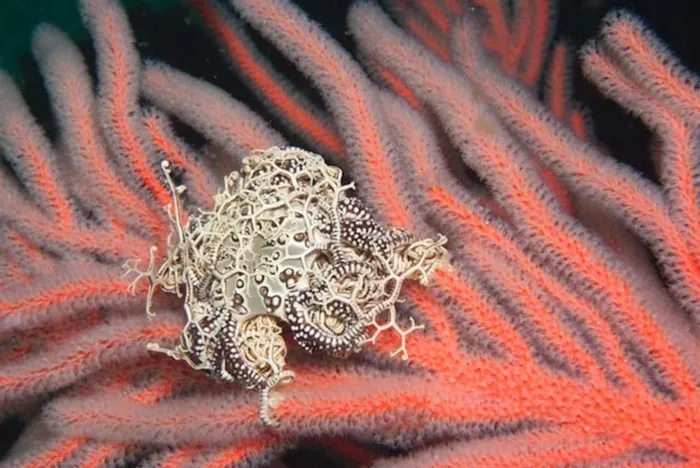A field day for citizen scientists

GORGON’S head, or ‘astrocladus euryale’, is a brittlestar found in coastal waters from the West Coast to Algoa Bay. | INATURALIST
Durban — They saw, they clicked and uploaded during the Great Southern Bioblitz (GSB) with a record number of citizen scientists participating in this year’s annual event.
The 7 238 participants from 203 cities and regions registered to observe and record their biodiversity over four days and then had 14 days to upload and identify these observations onto the iNaturalist platform.
Globally, participants from eThekwini came third under the number of observations, fourth under the number of species and 10th for the number of observers who participated.

The SA National Biodiversity Institute (Sanbi) said that this year a “remarkable” 231 040 observations of 26 062 species were made, including 1 307 species of conservation concern.
The most observed species was the western honey bee (Apis mellifera) and the most favoured observation was South Africa’s national flower, the King Protea (Protea cynaroides), observed in Stellenbosch, according to Sanbi’s Reshmee Brijlal and Suvarna Parbhoo Mohan.

Three continents participated in the GSB, South America (76 participants), Africa (38) and Oceania (89).
“Even though Africa had a low participation rate, the 1 577 observers made the greatest number of observations (97 495) and recorded 34% of the overall number of species.
“Oceania had more than 50% of the number of observers (3 693) compared with the other two continents and made 82 585 observations and recorded 40% of species. South America had a slightly higher participation rate (1796 observers) than Africa but made a lower number of observations (41 163) and recorded 26% of species,” they said.

Participants from Southern Africa came from Botswana, Eswatini, Kenya, Malawi, Mauritius, Mozambique, Namibia, Republic of Congo, Rwanda, South Africa, Zambia and Zimbabwe. In South Africa, only the Northern Cape did not participate and Sanbi said it hoped the Hantam Botanical Garden in Nieuwoudtville, would lead the charge in that province next year.



Independent on Saturday